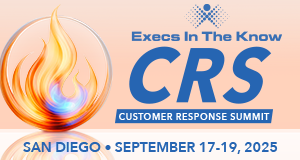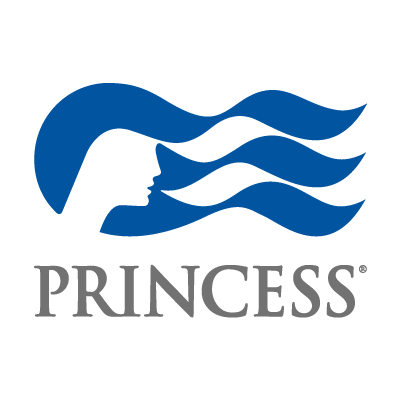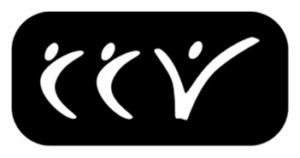To say the pandemic changed everything is an obvious understatement. As the pandemic eases and the way work gets done stabilizes, the work-from-home (WFH) hybrid model is a top choice for many organizations.
Although the WFH hybrid model looks different for every organization, the success of the hybrid workplace hinges on organizations’ ability to balance the experience of in-office and remote workers with business goals and objectives. It requires a transformation in the way leaders plan, direct, and engage employees in their organization.
Two key areas are central to a successful WFH Hybrid program: the employee experience and the technology that powers the work. This blog post shares some key actions in each of these areas to help your organization improve the WFH Hybrid experience.

Employee Experience Checklist
Let’s start with the employee experience checklist. We all know that engaged employees are higher performers and deliver far better outcomes than disengaged workers. In the WFH hybrid environment, organizations successfully expand the corporate culture beyond the office walls to include and engage remote employees focus on several leading practices. Here is a list of key activities for consideration:
- Invest in programs that actively collect and listen to the voice of the employee. Closed-loop systems that collect data and share decisions and actions spurred by this data help organizations understand and act on the employee perspective.
- Map and design employee journeys that ensure satisfaction and happiness. What’s working and not working when employees are remote? What’s the experience when they are in the office? Using journey mapping to identify expectations, activities, and emotions can help answer these questions and ensure a well-rounded experience.
- Increase your skills and prowess at remote management. Leaders on all levels should consider improving the way they manage remotely. Most employees want to perform well, and everyone needs training and coaching to help them succeed. Has your team analyzed the agent training and coaching programs considering the current environment?
- If you don’t already have one, consider launching an emotional intelligence (EI) program. Employees displaying high EI report a more positive work experience, higher levels of engagement, and enhanced interpersonal chemistry and performance.
- Examine offerings and extend in-office resources to remote employees to redesign the employee experience and emphasize wellbeing. Consider family-friendly activities to help employees make the most of time spent at home and focus on being mentally and physically healthy. Investigate wellness and learning challenges and webinars to help workers cope with new realities.
- Redesign the way you hold meetings. Planning meetings and events with remote workers in mind is a must. For example, rather than gathering in-office workers in a conference room and having remote workers join onscreen, have everyone join the meeting remotely using their own laptops to offer the same experience to all. Ensuring remote workers feel included, comfortable speaking up, and able to contribute is important to their engagement level.
- Find ways to prioritize online communication. Online communication will help avoid issues that may arise from remote workers being unaware of conversations or decisions that were made in-person.
Technology Checklist
In addition to the employee experience, technology is the second critical area for a successful WFH hybrid program. The backbone of a hybrid workforce is a technology stack that supports workflows, processes, and systems efficiently and effectively.
At the beginning of the pandemic, companies hustled to get remote employees access to “must have” technology to allow work to continue. Two plus years into today’s WFH hybrid environment, the checklist for technology investment and use has shifted. Which of the following items does your organization need to consider?
- Double down on security to keep systems and data safe. Security programs should include all employee devices and include forced password changes, encrypted password software, use of and enforcement of multi-factor authentication (MFA), and mandatory connection via virtual private network (VPN).
- Strengthen partnerships with internet service providers (ISP) and VPN vendors. Use these relationships to better understand the demand generated from remote employees and identify secure and reliable solutions to support those needs.
- Update and deliver security training regularly. Great training can help avoid security mishaps and increase awareness of critical issues. Training can also reduce unnecessary frustration and issues, improving the employee experience.
- Stay on top of maintenance. Create and adhere to a proactive maintenance plan and keep enterprise software updated and secure.
- Involve your employees. Make it easy for employees to ask questions and report connectivity issues and security concerns.
- Provide tools that allow employees to collaborate to the max! Collaboration tools can improve efficiency and productivity, and video conferencing tools are the tip of the iceberg. Consider platforms for storing, sharing, and editing documents as well as project and task management software. Online whiteboard tools can be fun and increase employee interaction and collaboration.
- Investigate expanded offerings from technology providers. Many organizations have base versions of tools but examining new features and expanding functionality is trending among top-performing companies.
Conclusion
As the pandemic eases and operations stabilize, the WFH hybrid model will be a mainstay for the foreseeable future. To deliver the best results and meet business objectives, organizations must focus on the employee experience and technology.
Great companies strive to create employee experiences that drive happiness and peak performance while considering those that are remote. Similarly, focusing on technology enhancements that reduce security risks, stabilize connectivity, and increase collaboration is critical to an effective program.
The era of the WFH hybrid model is here, and employees deserve a great experience with access to the tools needed to power excellent interactions. How is your organization responding to these needs?




























